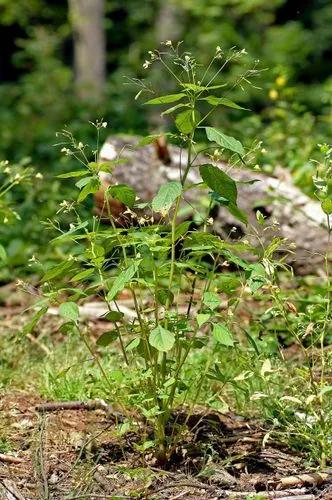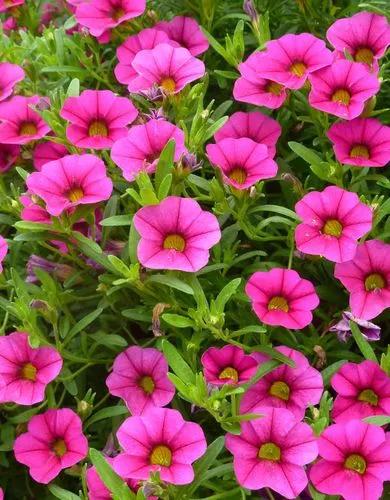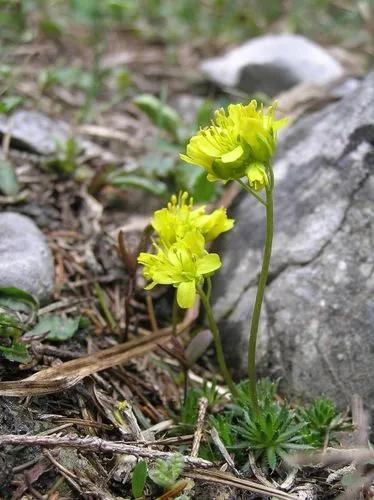Verbena bonariensis is a member of the verbena family cultivated as a flowering annual or herbaceous perennial plant. In USA horticulture, it is also known by the ambiguous names "purpletop" and "South American vervain".
Purpletop vervain Care
Verbena bonariensis



Verbena bonariensis is a tall and slender-stemmed perennial. It can grow to 6 ft (180 cm) tall and can spread to 3 ft (90 cm) wide. At maturity, it will develop a woody base. Fragrant lavender to rose-purple flowers are in tight clusters located on terminal and axillary stems, blooming from mid-summer until fall frost. The stem is square with very long internodes. Leaves are ovate to ovate-lanceolate with a toothed margin and grow up to 4 in (10 cm) long. Verbena is derived from Latin, meaning ‘sacred bough’, in reference to the leafy twigs of vervaine (Verbena officinalis) which were historically carried by priests, used in wreaths for druidic rituals, and for medicine. Named by Virgil and Pliny the Elder. The common name, vervaine, comes from the Celtic name, ‘ferfain’. Its specific epithet means ‘from Buenos Aires, Argentina’. ‘Buenos’ means ‘good’ and ‘aires’ means ‘air’ (‘good air’).
How to Care for the Plant

Water

Water tall verbena regularly during the first growing season. Water deeply to establish long, healthy roots. Allow the soil to dry slightly between waterings, as tall verbena is prone to powdery mildew in humid conditions. Once established, tall verbena is very drought resistant, but it grows best with an inch, or so, of water, a week.

Fertilizer

Feed tall verbena before new growth appears in spring. Apply a balanced, general-purpose granular fertilizer according to rate specifications on the label. Sprinkle the fertilizer on the soil around the plant and water deeply to distribute the fertilizer around the roots.

Sunlight

Although the plant tolerates light shade, it performs best in full sunlight.

Soil

This species grows best in a well-drained soil.

Temperature

The plant can be grown as perennial in areas with the lowest winter temperatures of -17.7 °C or 0 °F. In colder areas it is a fast growing annual.

Popularity

2,002 people already have this plant 405 people have added this plant to their wishlists
Discover more plants with the list below
Popular articles






